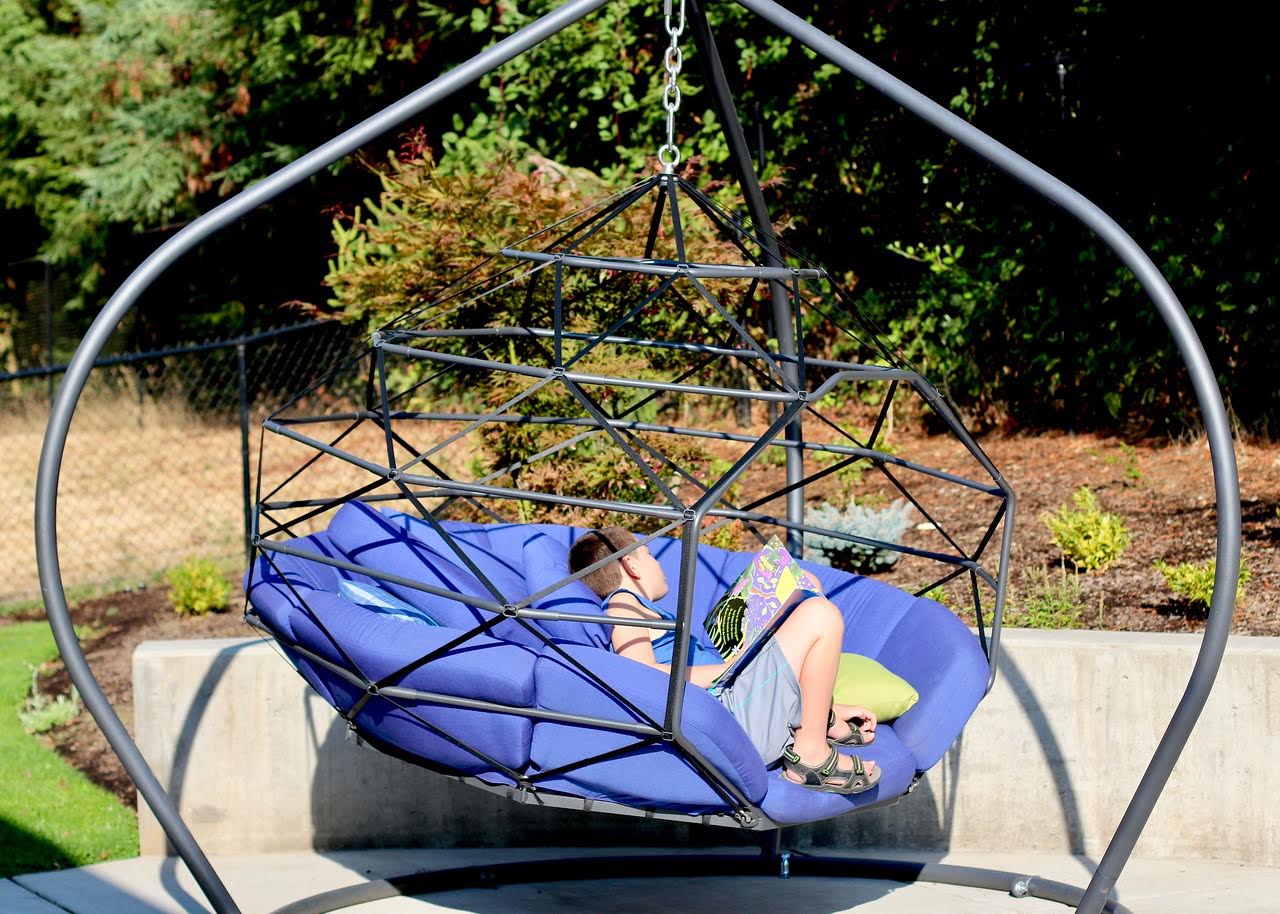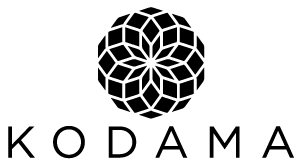Your Cart is Empty
Zomes
Pendolo

KODAMA and it's Therapeutic Uses
November 08, 2018 3 min read
This is certainly the first of many blogs on this subject, Kodama Zomes is taking some exciting steps and making great partnerships in the Therapeutic World. Thera-what you say?
OK, here is a quickie run down of Kodama and just one the ways that the zome is amazing:
The vestibular system is a group of apparatuses in our body that help us know where we "are" in space and time. It's our balance system. Comprised of areas such as the inner ear, the brain's cerebellum, and thousands of neurological connections along the way (just to name a few) - the vestibular system processes information about our physical body and its relation to the outside world. Crudely speaking, you can consider the vestibular system of a gymnast to be highly developed - in that they seem to "know" where they are whilst doing a double back-flip half twist and still be able to stick that landing - whereas another person may have a less developed vestibular system, in that their balance and kinesthetic awareness may be more "clumsy." The vestibular system is one that is strengthened by repetitive use, and gets "lazy" while we are "lazy". Use it or lose it.
If it were only that easy...
For many people - adults and children alike - the vestibular system has difficulty developing and motions that are "simple" or taken for granted can represent a great challenge for those with vestibular developmental disabilities. Specifically, it is noted that many people with Autism, Asperger’s syndrome, Downs syndrome, sensory processing disorder, or victims of head trauma all show more difficulty with vestibular development.
Imagine closing your eyes and spinning in a circle. Imagine if your mind told you that your body was moving up and down, like on a bouncy ball. Yes - this disassociation between the physical body's actual movement and the brain's interpretation is real, and what thousands of people - adults and children alike - deal with every day. So where do Kodama Zomes come in?
Though is it true, that any motion will help stimulate the vestibular system (swinging, walking, jumping, rolling), the motion of the zome is unique. The zome provides a smooth, rhythmic and predictable pendulum motion. It is this predictability that is key.
"Predictability engenders comfort" - Dr. Lucy Jean Miller
By being in a zome and either actively or passively swinging, the inner ear and the vestibular system receive steady, consistent, and rhythmic stimulation. The brain can anticipate this motion, and as the motion is repeated over and over, the positive connection between vestibular stimulation and correct brain interpretation is strengthened. By contrast, erratic movement of a trampoline or quick spinning only adds to the chaotic and incorrect interpretation of the stimulation. It overexcites and does not support either comfort or vestibular development of a weakened system.
Simply put - the zome's pendulum motion provides predictability and assists in strengthening the vestibular system. This is true if you are on the autistic spectrum and in therapy, or if you are the back-flipping gymnast - the zome engenders comfort.
So, it is with this background, that Kodama has begun partnerships with several schools, academies, research centers and clinics in order to assist those in need with rehabilitation. Please check out Victory Academy and STAR to see the amazing work that they do. We are also further developing a newer model zome as a specific tool to be used by teachers, parents, and occupational therapists alike to assist in this area.
Watch for more exciting news from Kodama in this area.
Interested in more info:
Sleep Study (.pdf)
The Human Balance System (.pdf)
Short Story about an OT and swing therapy (.pdf)
OK, here is a quickie run down of Kodama and just one the ways that the zome is amazing:
The vestibular system is a group of apparatuses in our body that help us know where we "are" in space and time. It's our balance system. Comprised of areas such as the inner ear, the brain's cerebellum, and thousands of neurological connections along the way (just to name a few) - the vestibular system processes information about our physical body and its relation to the outside world. Crudely speaking, you can consider the vestibular system of a gymnast to be highly developed - in that they seem to "know" where they are whilst doing a double back-flip half twist and still be able to stick that landing - whereas another person may have a less developed vestibular system, in that their balance and kinesthetic awareness may be more "clumsy." The vestibular system is one that is strengthened by repetitive use, and gets "lazy" while we are "lazy". Use it or lose it.
If it were only that easy...
For many people - adults and children alike - the vestibular system has difficulty developing and motions that are "simple" or taken for granted can represent a great challenge for those with vestibular developmental disabilities. Specifically, it is noted that many people with Autism, Asperger’s syndrome, Downs syndrome, sensory processing disorder, or victims of head trauma all show more difficulty with vestibular development.
Imagine closing your eyes and spinning in a circle. Imagine if your mind told you that your body was moving up and down, like on a bouncy ball. Yes - this disassociation between the physical body's actual movement and the brain's interpretation is real, and what thousands of people - adults and children alike - deal with every day. So where do Kodama Zomes come in?
Though is it true, that any motion will help stimulate the vestibular system (swinging, walking, jumping, rolling), the motion of the zome is unique. The zome provides a smooth, rhythmic and predictable pendulum motion. It is this predictability that is key.
"Predictability engenders comfort" - Dr. Lucy Jean Miller
By being in a zome and either actively or passively swinging, the inner ear and the vestibular system receive steady, consistent, and rhythmic stimulation. The brain can anticipate this motion, and as the motion is repeated over and over, the positive connection between vestibular stimulation and correct brain interpretation is strengthened. By contrast, erratic movement of a trampoline or quick spinning only adds to the chaotic and incorrect interpretation of the stimulation. It overexcites and does not support either comfort or vestibular development of a weakened system.
Simply put - the zome's pendulum motion provides predictability and assists in strengthening the vestibular system. This is true if you are on the autistic spectrum and in therapy, or if you are the back-flipping gymnast - the zome engenders comfort.
So, it is with this background, that Kodama has begun partnerships with several schools, academies, research centers and clinics in order to assist those in need with rehabilitation. Please check out Victory Academy and STAR to see the amazing work that they do. We are also further developing a newer model zome as a specific tool to be used by teachers, parents, and occupational therapists alike to assist in this area.
Watch for more exciting news from Kodama in this area.
Interested in more info:
Sleep Study (.pdf)
The Human Balance System (.pdf)
Short Story about an OT and swing therapy (.pdf)
Subscribe
Sign up to get the latest on sales, new releases and more …





